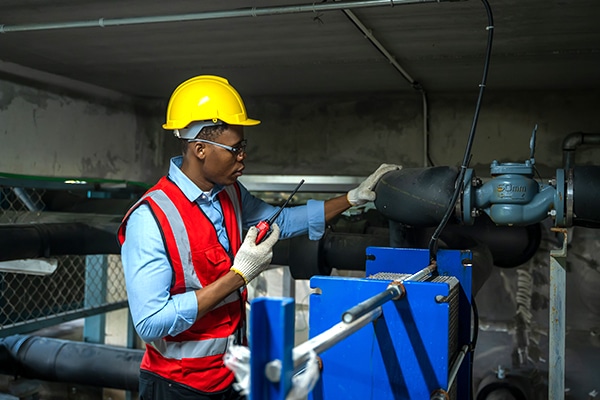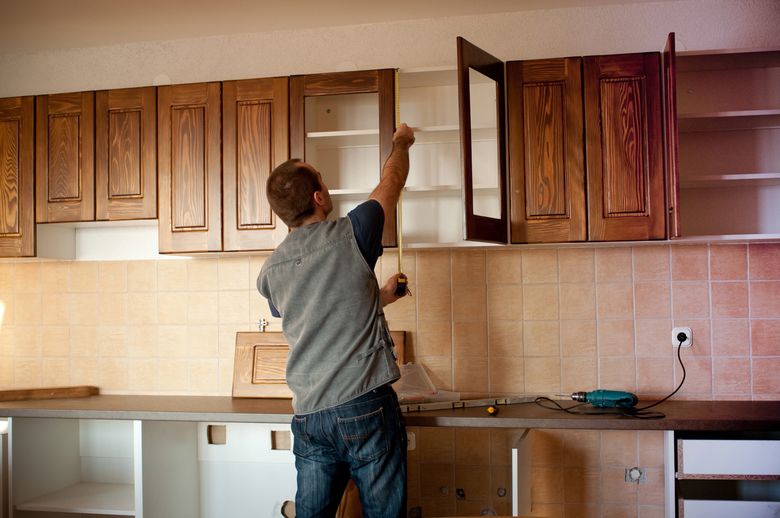Unveiling the Upcoming Phase of Plumbing: Developments and Innovations
Unveiling the Upcoming Phase of Plumbing: Developments and Innovations
Blog Article
What are your thoughts regarding The Future of Plumbing: Trends and Innovations to Watch?

Introduction
The plumbing market is going through a transformative stage driven by technological improvements and growing worries for sustainability and effectiveness. This short article explores arising trends and innovations shaping the future of pipes.
Regulatory Landscape
Regulative frameworks play an important duty in shaping the adoption of plumbing developments, with criteria and codes controling everything from water performance to item safety and security. As innovations continue to develop, regulative bodies need to adapt to make sure consumer protection and ecological stewardship.
Future Expectation
The future of plumbing is characterized by proceeded advancement and assimilation with other fields such as IoT, renewable resource, and building automation. By embracing lasting methods, leveraging arising modern technologies, and focusing on user-centric layout, the pipes sector is positioned to resolve the advancing requirements of society while decreasing its ecological footprint.
Enhanced Reality in Plumbing
Enhanced Reality (AR) innovation is transforming pipes by providing professionals with real-time visual support for repairing and repair jobs. AR-enabled clever glasses or mobile applications overlay digital details onto the physical environment, aiding plumbers visualize pipeline formats, recognize concealed leaks, and perform repair work with precision.
Influence of 3D Printing
The arrival of 3D printing has introduced new opportunities in manufacturing pipes components. From custom-designed components to elaborate pipe installations, 3D printing permits rapid prototyping and on-demand production, lowering preparations and enabling greater customization in pipes layout.
Health and Safety Features
In reaction to increased issues for health and safety, pipes fixtures are integrating features such as antimicrobial surface areas, touchless operation, and self-cleaning devices. These technologies not just enhance hygiene yet likewise advertise individual convenience and benefit.
Hygiene-focused Components
Touchless faucets, self-sanitizing toilets, and antimicrobial surfaces are coming to be increasingly prevalent in domestic and industrial settings, reducing the threat of germ transmission and promoting a cleaner, healthier setting.
Water High Quality Surveillance
Developments in water quality monitoring innovations enable house owners to check the purity and safety of their supply of water in real-time. Smart water top quality sensors can find contaminants, pH degrees, and temperature variants, encouraging individuals to take aggressive measures to make certain water security.
Remote Plumbing Solutions
Remote diagnostics and digital assistance are changing the way plumbing solutions are delivered. Through video conferencing and remote gain access to modern technologies, plumbers can troubleshoot problems, offer support for DIY repair services, and also perform remote assessments, using higher accessibility and convenience to property owners.
Difficulties and Opportunities
While plumbing technologies hold tremendous assurance, they likewise existing challenges such as information privacy problems, regulatory conformity, and the need for workforce training. Addressing these obstacles requires partnership in between sector stakeholders and regulatory bodies to make sure safe and responsible execution of new innovations.
Smart Plumbing Solutions
Including clever technology right into pipes systems makes it possible for remote monitoring, leakage detection, and automated upkeep. Smart sensors and IoT (Internet of Points) devices allow property owners and plumbing technicians to check water usage and discover concerns in real-time, bring about a lot more efficient resource monitoring and aggressive maintenance.
Water Effectiveness Solutions
With raising focus on water conservation, ingenious options are being created to reduce water wastage in plumbing systems. High-efficiency fixtures, greywater recycling systems, and clever irrigation controllers are among the technologies assisting customers minimize their water footprint while maintaining convenience and ease.
Sustainable Materials
The shift in the direction of sustainability includes pipes materials, with a growing preference for eco-friendly alternatives. Biodegradable piping products, such as PEX (cross-linked polyethylene) and HDPE (high-density polyethylene), deal toughness and resistance to deterioration without endangering environmental integrity.
Anticipating Maintenance
Anticipating upkeep methods utilize data analytics and machine learning formulas to expect and prevent plumbing problems before they happen. By assessing historical data and performance metrics, anticipating upkeep formulas can determine patterns and abnormalities, allowing positive treatments to stay clear of expensive repair work and interruptions.
Conclusion
To conclude, the future of plumbing is specified by a convergence of technology, sustainability, and user-centric layout. By accepting wise services, lasting materials, and aggressive maintenance methods, the plumbing sector can enhance effectiveness, advertise security, and contribute to a more lasting future.
Plumbing Industry Trends You Need To Know
Smart technology in plumbing
Homeowners want to be able to manage their homes from their phones. The technology exists to make that happen. From smart toilets to leak detector devices, the whole plumbing system can be managed on an interconnected network made up of sensors, IoT devices, and machine learning algorithms.
This allows for wireless control to turn appliances on and off, automate routines, and access advanced monitoring to track water usage and flag potential issues. Smart technology streamlines water consumption, maintenance and energy usage, creating a more efficient system.
Green plumbing
The data analysis possible with smart technology not only improves convenience and cost-effectiveness but also fulfills a high-priority customer desire – sustainability. Consumers are very aware of their impact on the planet and want plumbing solutions to reduce damage and support sustainability. Eco-friendly plumbing solutions are already starting to emerge.
Customers can opt for low-flow toilets, water-saving faucets, and connections to sustainable energy sources. Beyond monitoring water consumption, customers can conserve water through the installation of greywater systems. This is a system that collects water that has been used but is still clean enough for some household uses such as toilet flushing.
Shorter product pipeline
To keep up with modern plumbing, plumbers need modern tools that enable them to complete jobs more efficiently. One technology making strides in this area is 3D printing. By 3D printing key plumbing fixtures, plumbers can reduce wait times even for specialized fixtures. It minimizes delays often seen in traditional manufacturing that frustrate customers and prevent plumbers from taking on more work.
Off-site repairs
Augmented reality is making a splash in many industries including plumbing. Plumbers can map a building online so they can explore the plumbing system through augmented reality, identifying areas of maintenance and repair completely digitally. This technology can be applied quite widely in plumbers’ work including planning installations and training new recruits. It’s safer, smarter and more efficient.
Low-footprint materials
Another way for plumbing companies to reduce their environmental footprint and meet the customer demand for sustainability is by using recycled materials in their work. The products they source and manufacture such as pipes, fixtures and faucets can be made from recycled materials. This saves the planet while being just as effective.
Onsite water purification
Additionally, plumbing companies can be advocates of water conservation and ease the financial and environmental concerns of customers by offering water purification systems. New water purification technology such as reverse osmosis systems and UV systems make it possible for homeowners and business owners to thoroughly cleanse water, removing contaminants onsite. This means the water can be safely reused in more ways than greywater can be, establishing a water recycling loop.
Tankless water heaters
Another innovation of modern plumbing is tankless water heaters. The idea is that the water is heated on demand as it runs through the system instead of being heated in a water tank. This is more energy efficient and therefore cost-effective and eco-friendly because water isn’t heated needlessly.

I have been very involved in and I'm hoping you enjoyed reading my post. Appreciated our piece of writing? Please quickly share it. Help someone else discover it. I praise you for your time. Don't forget to check our website back soon.
Call Report this page